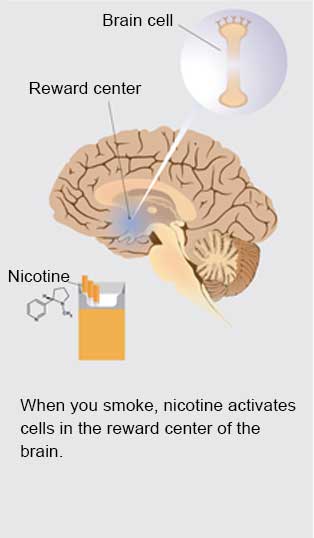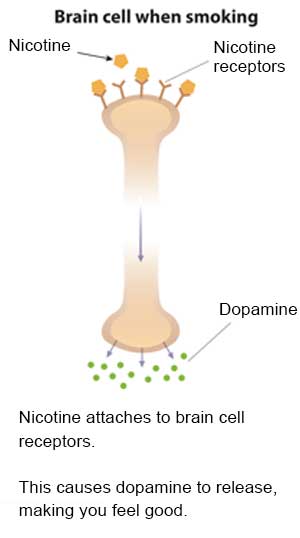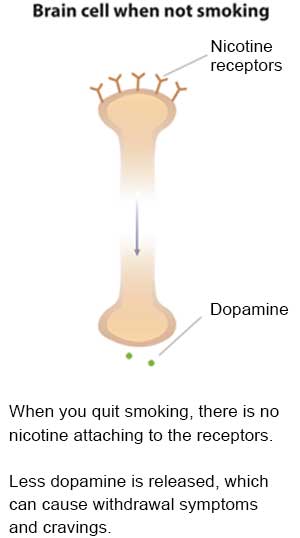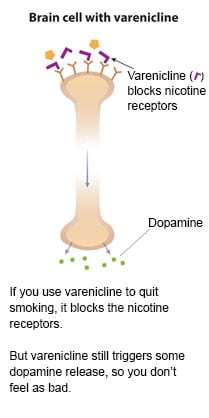How Quit Smoking Medicines Work
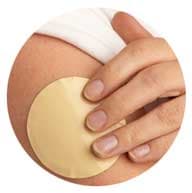
- Nicotine Replacement Therapy (NRT) works by replacing some of the nicotine you used to get from cigarettes, so you don’t feel as uncomfortable after quitting.
- There are five different NRTs approved by the U.S. Food and Drug Administration for quitting smoking.
- Nicotine is the active ingredient in all of them.
- Nicotine patches, gum, and lozenges are the most common quit-smoking medicines, and you can buy them without a prescription (over-the-counter).
- NRTs supply nicotine without the hundreds of harmful chemicals that cigarette smoke contains.
- NRT helps lessen the uncomfortable feelings that come when you stop getting nicotine from cigarettes.
- When used as directed, most people get enough nicotine from NRT to avoid having overwhelming cravings and withdrawal symptoms.
- However, even using quit-smoking medicine you will likely still have some discomfort and urges to smoke.
- The good news is there are many ways you can get help dealing with these.
- Using the long-acting patch at the same time as a short-acting NRT, like the lozenge or gum, can help decrease withdrawal even more. Learn more about ways to use a combination of medicines.
- You can gradually decrease the amount of nicotine that you get from NRT over several weeks. Your brain will get used to working without so much nicotine. And you will figure out how to get through the day without smoking.
On This Page
Nicotine Affects the Brain. Nicotine Replacement Therapy (NRT) Can Help You Quit Smoking.
Did you know that nicotine actually changes your brain? Learn what happens to you when you smoke a cigarette, and how using nicotine replacement therapy (NRT) can help you quit smoking for good.

There are two quit-smoking medicines approved by the U.S. Food and Drug Administration that are pills: bupropion and varenicline.
- Bupropion has many effects on the brain, including helping people quit smoking. It decreases craving and other nicotine withdrawal symptoms.
- Varenicline has two main effects:
- It mimics some of the effects that nicotine has on parts of your brain, reducing your urge to smoke and some withdrawal symptoms.
- It reduces the enjoyment you get from the nicotine in cigarettes. This can make it easier to quit and stay quit. It does this by attaching strongly to the same parts of your brain that nicotine attaches to, but without stimulating them as strongly as nicotine. This means that nicotine from a cigarette has fewer places to attach because the varenicline is already there. In other words, varenicline makes it harder to get a nicotine “buzz.”

